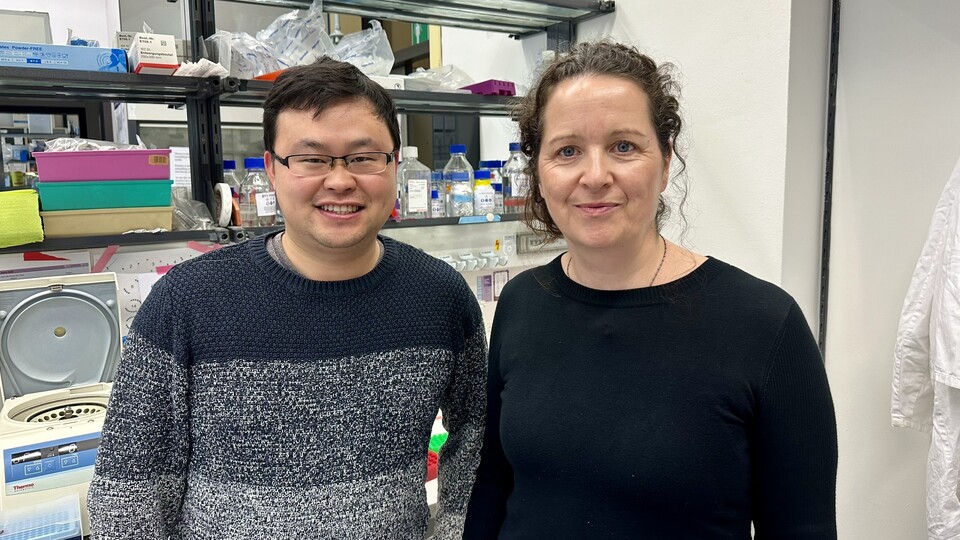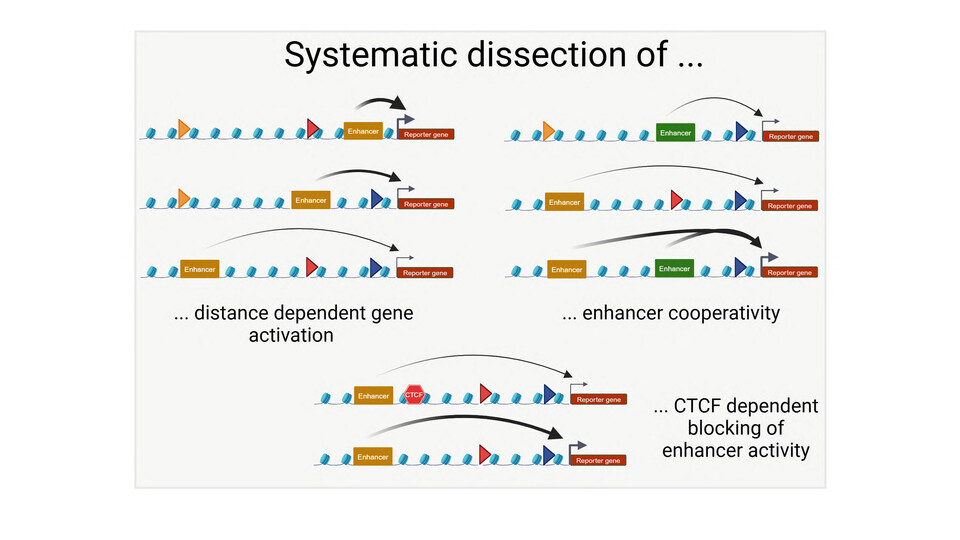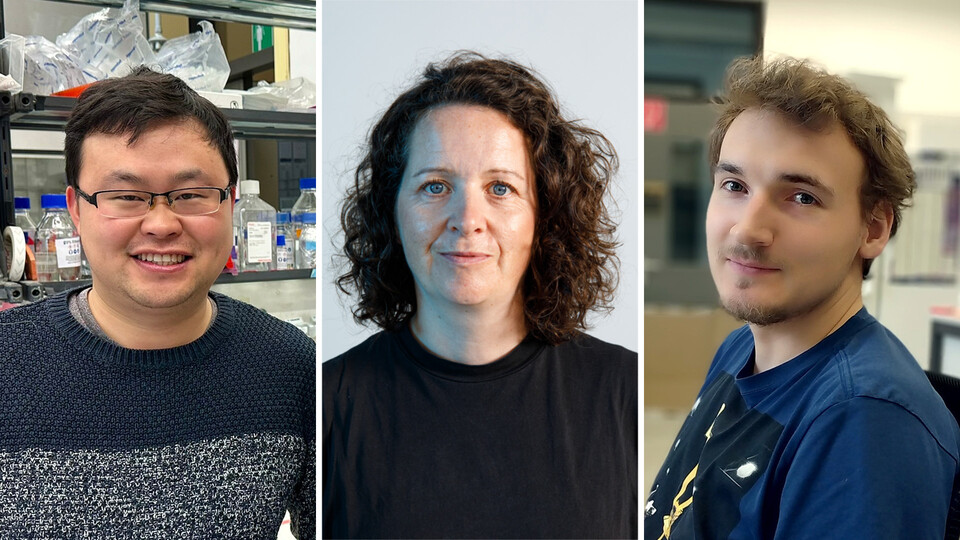


Enhancers – short non-coding DNA sequences that regulate transcription – can act at varying distances from their target genes. In their new study, the Buecker lab has developed an innovative synthetic gene expression reporter that enables the precise quantification of enhancer activity at distances of 1.5, 25, and 75 kilobases (kb) from the target promoter. This novel approach also allowed the researchers to elucidate how enhancers can cooperate to drive transcription, as group leader Christa Buecker explains: “In previous work, we've shown that enhancers can cooperate to regulate genes, even if they lack individual activity. This new study goes further by creating this synthetic gene locus, allowing us to test individual and combined enhancers at various distances to understand their cooperative effects.”
The researchers revealed that an enhancer's ability to activate gene expression from a distance is determined by its intrinsic properties rather than just its baseline strength. While some enhancers lose their activating potential as the distance increases, others partially retain it, showcasing a still enigmatic behavior. Christa explains: “We found that enhancers lose activity when placed far from their target gene, around 75 kb away, with some becoming completely inactive. However, introducing a second enhancer closer to the target at 25 kb, resulted in a combined, significantly stronger activation of the promoter. This finding suggests that enhancers can overcome distance limitations in the genome by working together synergistically.”
The Buecker lab’s proof-of-concept study establishes a new tool for systematically testing the number of enhancers, as well as different combinations in gene expression. This platform not only provides insights into enhancer cooperation but also lays the groundwork for broader applications. As part of a recently FWF-funded project, the team aims to expand the system using recombination-mediated cassette exchange (RMCE). This next step will enable the team to delve deeper into the molecular rules and mechanisms that govern gene expression.